Scheme at Green Templeton College to replace several stone buildings with new student accomodation
Plans drawn up by Feilden Fowles for a major redevelopment of the University of Oxford’s Green Templeton College are set to be given the nod by councillors next week.
The practice’s proposals for three accommodation buildings, a porter’s lodge, a study space, a dining hall and a gym have been recommended for approval ahead of Oxford council’s next planning committee meeting.
Feilden Fowles was appointed to the job in 2017 through a two-stage design competition, beating a high profile shortlist including Eric Parry, Haworth Tompkins, Sergison Bates, Stanton Williams, Tim Ronalds and Walters & Cohen.
The brief called for a modern development to be built on the site of the college’s existing tennis courts with the aim of maximising the potential of the campus, which is centred on the grade I-listed Radcliffe Observatory.
Green Templeton College is a graduate-only college formed in 2008 through a merger between Green College and Templeton College and has around 600 students, mostly specialising in medicine, business and social sciences.
The redevelopment, which would provide 51 student study bedrooms, will require the existing 1981 Richard Doll building, which houses squash courts, and several other small stone 20th century buildings including a gatehouse and a clock tower to be flattened.
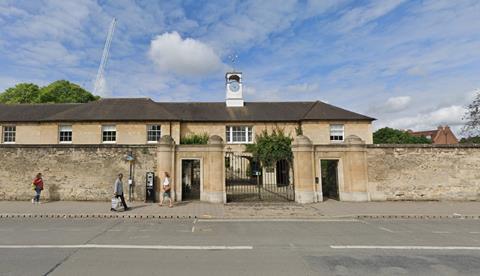
The plans have come under fire from the Oxfordshire Architectural and Historical Society, which said the buildings earmarked for demolition were all attractive, have character and enhance Oxford’s roofscape.
“Demolition of these buildings would be harmful to the setting of the listed buildings and to the appearance and character of the neighbouring conservation areas,” the campaign group said.
It added that it was struck” by how “wasteful of resources and energy” it seemed to knock down the “good and attractive” buildings due to their embodied carbon.
“Given the climate situation, and Oxford City Council’s declaration of a climate emergency, we do not think that the current proposals represent a sustainable approach for the environment,” it said.
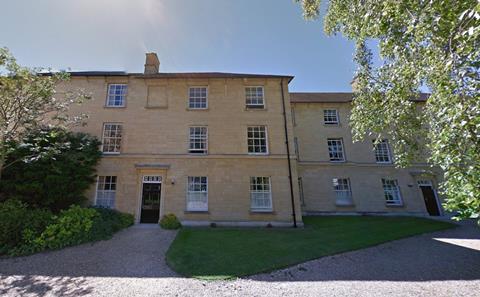
But Oxford’s planning officers said the buildings were not considered to be of heritage significance, and that the embodied carbon impact of the scheme “would not in itself represent a material reason for refusing planning permission”.
The officers’ report added that the proposed replacement buildings would meet sustainability commitments in the city’s local plan and would be built to a higher specification compared to the existing buildings.
The project team includes landscape architect Dan Pearson Studio, structural engineer Structure Workshop, cost consultant PSP, lighting consultant Hoare Lea, heritage consultant Nick Worlledge and planning consultant Michael Crofton Briggs.









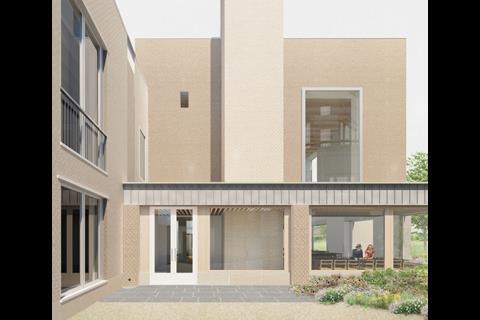
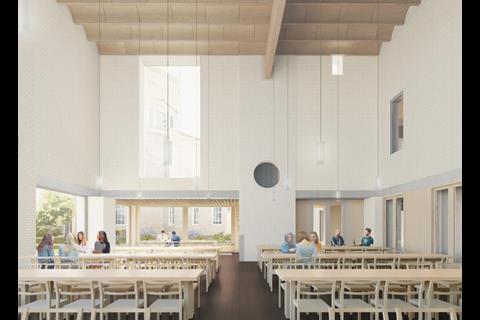
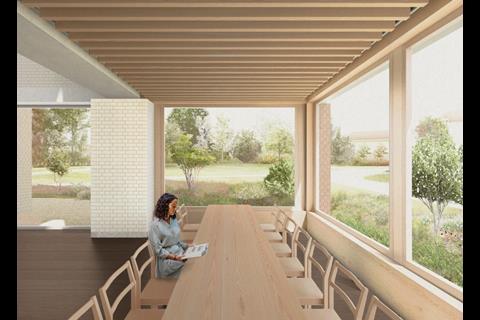







No comments yet